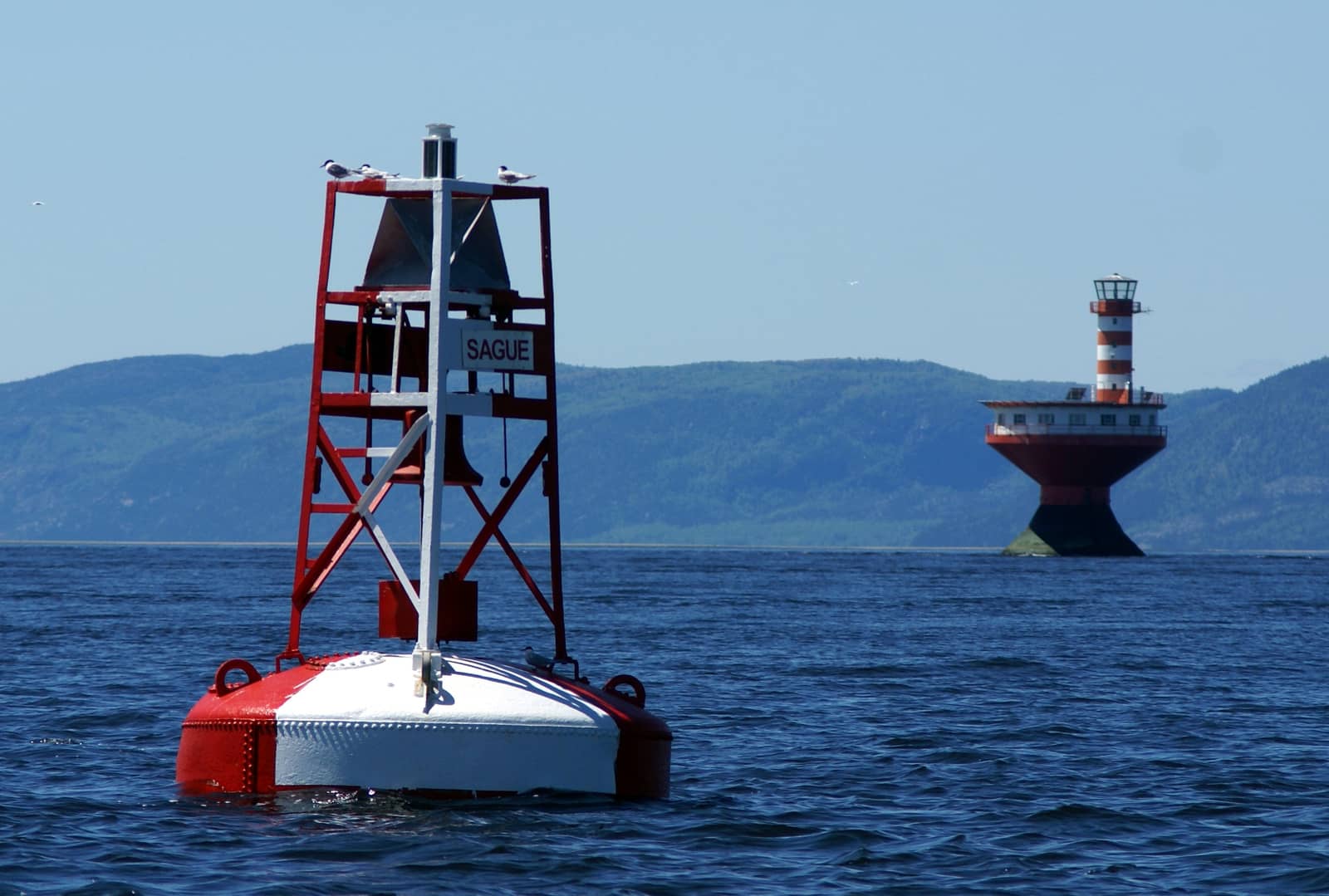(a)“Aid to navigation” means the same as “navigational aid” or “facility (navigational)” as used in UNCLOS Articles 21(1)(b) and 43(a), and means a device, external to a vessel, charted or otherwise published, serving the interests of safe navigation. “Aid to navigation” may also include “warning signals” as used in Articles 60(3),147(2)(a) and 262 (b)Depending on the context, “navigational aid” may also mean a shipboard instrument or similar device used to assist in navigating a vessel.
Comment
This is the definition the 2006 Consolidated Glossary recommends, expanded to cover some “warning signals” and adding “or similar” before “device.” Nowhere does UNCLOS define “aids to navigation,” “navigational aids” or “warning signals” as the latter phrase is used in UNCLOS Articles 60(3), 147(2)(a) and 262. Mariners and publications related to ocean navigation refer to “aid(s) to navigation” and “navigational aid(s)” interchangeably.
Some warning signals may aid navigation; some may not, e.g., a warning signal, like a light, aboard an MSR vessel, whether underway or at anchor, would not be an aid to navigation, although it would warn of the vessel’s presence. In the latter case lawfulness of the signal would be subject to other rules, e.g., Rules of the Road in the Collision Regulations, acronymed COLREGS. On the other hand, warning signals on artificial islands would almost certainly be aids to navigation in most cases. The phrase “or similar” has been added before “device” in 3(b) to project into the future, when navigational aids based on computer or similar technology may come into common use.
In LOAC-governed situations under the “other rules of international law” clauses in UNCLOS, a different definition may apply. The same may be the situation if the UN Charter supersedes UNCLOS or if jus cogens norms apply.
Consolidated Glossary ¶ 2 defines “aid to navigation” as a “device, external to a vessel, charted or otherwise published, serving the interests of safe navigation.” Former Glossary ¶ 2 defined “aid to navigation” as a “[v]isual, acoustical or radio device external to a craft designed to assist in the determination of a safe course or of a vessel’s position, or to warn of dangers and obstructions.” “Navigational aid” has the same meaning, as does “facility (navigational).” Consolidated Glossary ¶ 65 defines “navigational aid” as “a shipboard instrument or device used to assist in the navigation of a vessel.” There is no equivalent in the Former Glossary.
UNCLOS Article 21(1)(b) includes, among laws and regulations a coastal State may adopt relating to innocent passage, in conformity with UNCLOS and other rules of international law, laws and regulations for “protection of navigational aids and facilities.…” Article 43(a) provides that “User States and States bordering a strait should by agreement cooperate … in the establishment and maintenance in a strait of necessary navigational and safety aids or other improvements in aid of international navigation.…” Territorial Sea Convention Article 16(2), requires “a coastal State … to give due publicity to any dangers to navigation
of which it has knowledge.” UNCLOS also provides for signals “warning” of various dangers. Article 60(3) inter alia requires coastal States declaring an EEZ to give “Due notice … of the construction of such artificial islands, installations or structures, and permanent means for giving warning of their presence must be maintained.” Articles 208(1) (standards for regulating pollution from seabed activities subject to national jurisdiction) and 246(5)(c) (standards for withholding consent for other States’ MSR) incorporate its standards by reference.
Article 147(2)(a) requires that installations used for carrying out activities in the Area must be subject to, inter alia, this condition: “[S]uch installations shall be erected, emplaced and removed solely in accordance with this Part [XI, law governing the Area] and subject to the rules, regulations and procedures of the Authority. Due notice must be given of the erection, emplacement and removal of such installations, and permanent means for giving warning of their presence
must be maintained.…” UNCLOS Article 1(1)(1) defines the Area.
With respect to MSR, UNCLOS Article 262 requires for identification markings and warning signals:
Installations or equipment referred to in this section [XIII.4] shall bear identification markings indicating the State of registry or the international organization to which they belong and shall have adequate internationally agreed warning signals to ensure safety at sea and the safety of air navigation, taking into account rules and standards established by competent international organizations.
Shelf Convention Article 5(5) requires permanent means of warning of presence of artificial islands or other installations a coastal State installs on its continental shelf.

